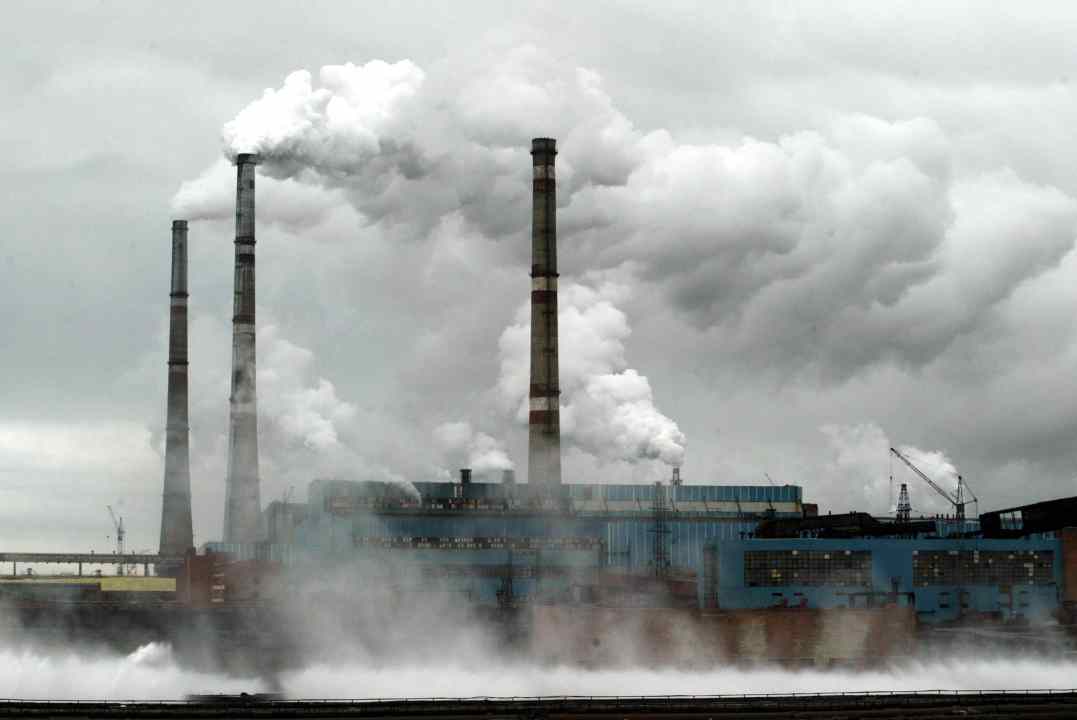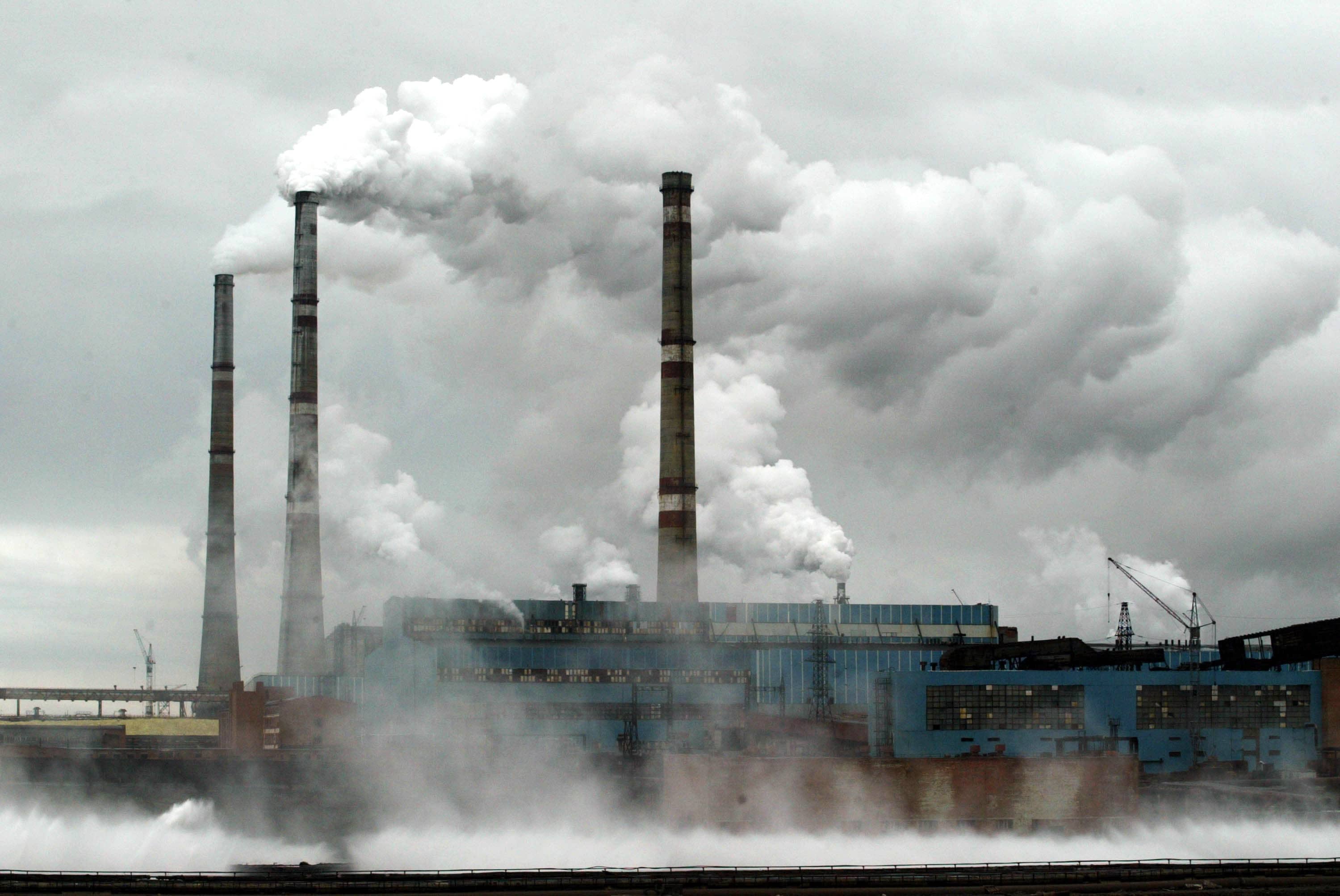Chelyabinsk is one of the most polluted places in the world. On 29 September 1957, an explosion ripped through the nearby Mayak nuclear plant — which processed plutonium for the Soviet Union’s atomic bombs — casting a cloud of highly radioactive debris across the central Russian region. Despite communist officials keeping the disaster tightly under wraps, tens of thousands of people were, eventually, evacuated from the worst-hit villages, and vast swathes of the surrounding area have been closed to the public.
More than half a century on, the nuclear fall-out is now the least of the ecological worries. Home to over a million people, Chelyabinsk has been found to have the dirtiest air of anywhere in Russia, with the government warning that high levels of polluting gases could cause health problems. It’s easy to see why — trains rolling into the city’s central station must first pass by dusty black mountains of coal, which power the factories that dot its landscape.

Get Britain's best politics newsletters
Register to get The Spectator's insight and opinion straight to your inbox. You can then read two free articles each week.
Already a subscriber? Log in








Comments
Join the debate for just $5 for 3 months
Be part of the conversation with other Spectator readers by getting your first three months for $5.
UNLOCK ACCESS Just $5 for 3 monthsAlready a subscriber? Log in